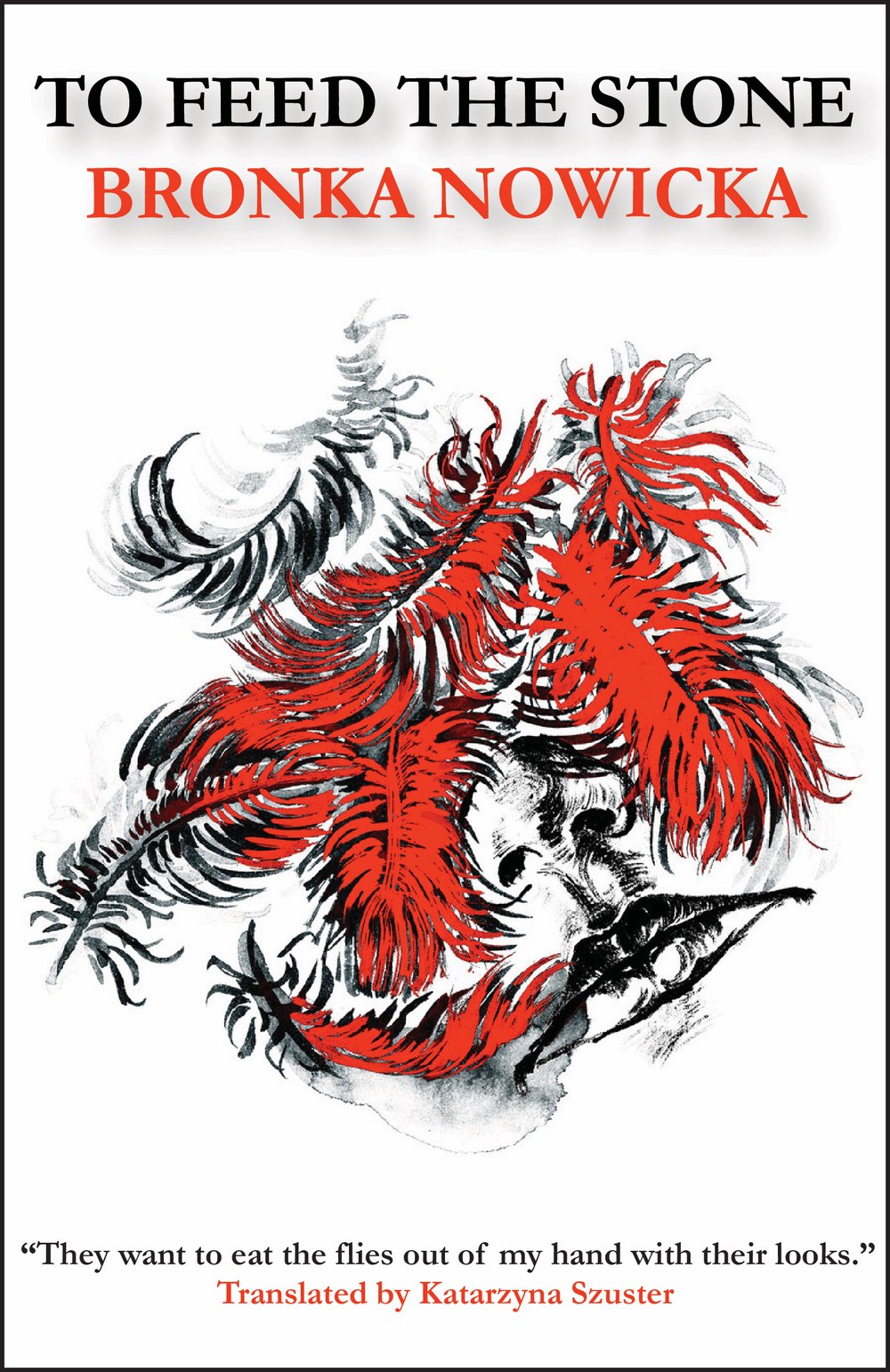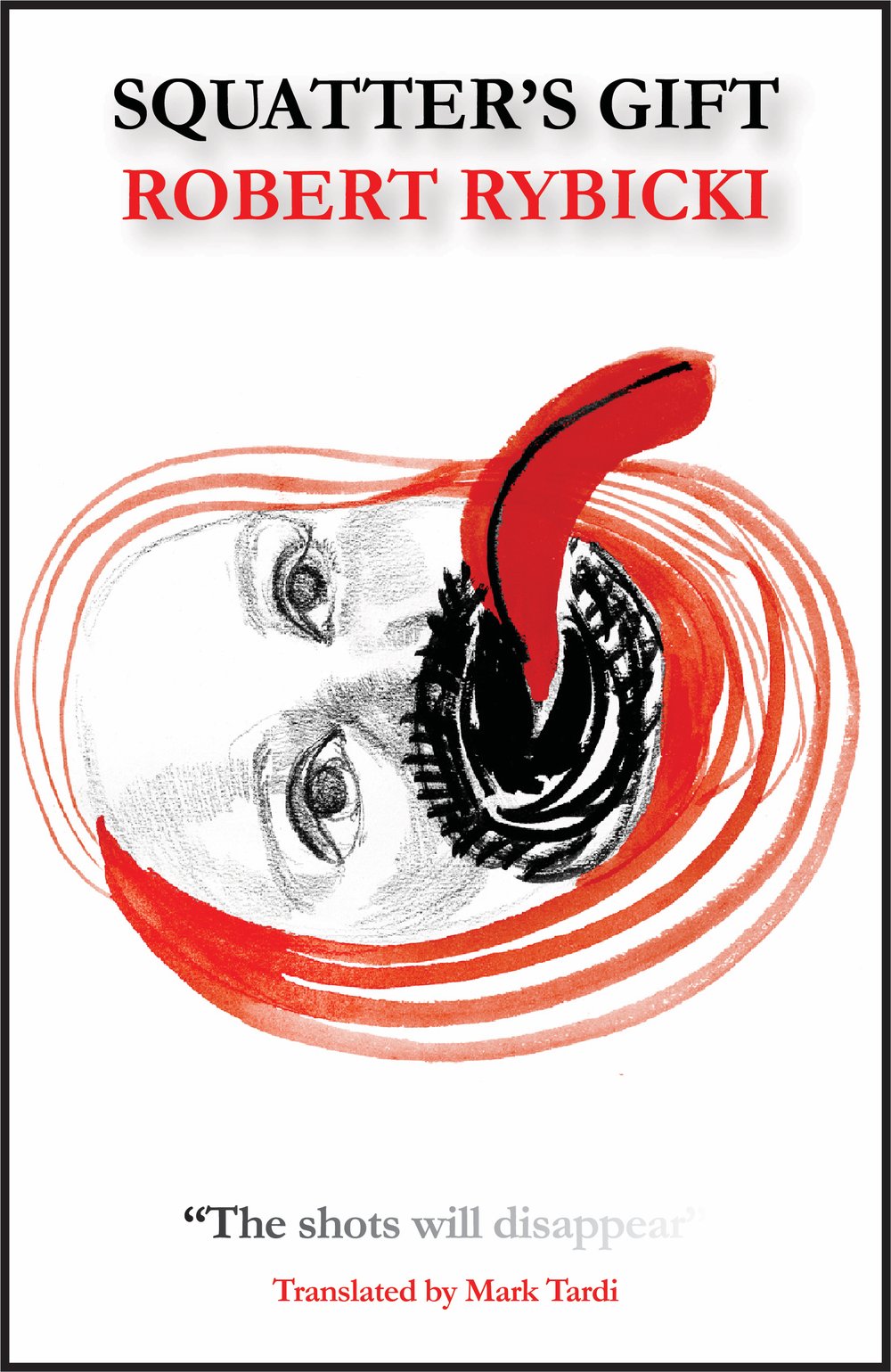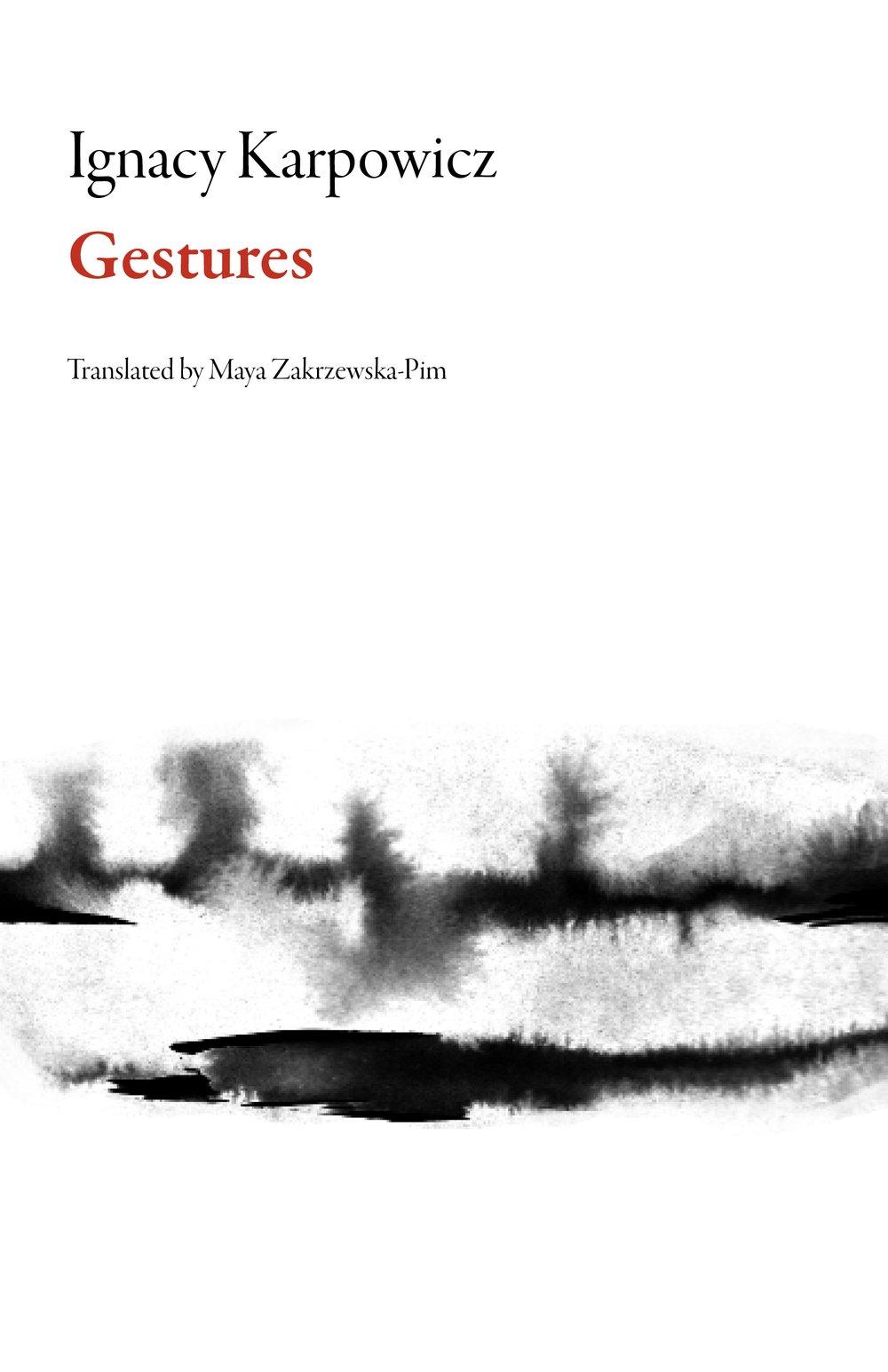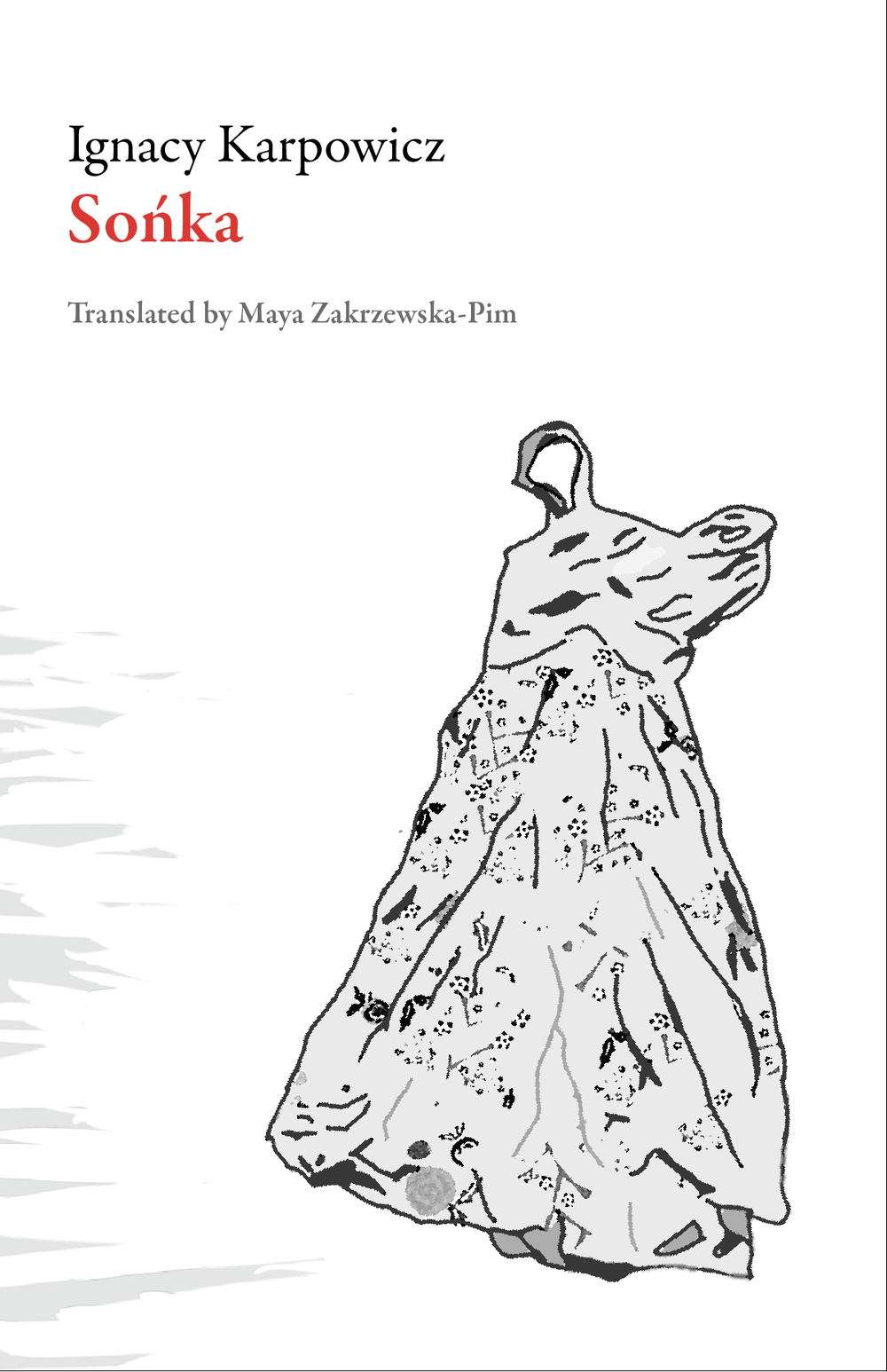To Feed the Stone

In her audacious debut To Feed the Stone, Bronka Nowicka offers writing that is both timeless and timely. Using the language of folk narrative, like Italo Calvino, Russell Edson and Jan Svankmajer before her, Nowicka’s prose poems take us through the stark and disorienting world of a child––a world that excavates the border of appearances in a constant search for the essence of connection. The poet reconfigures the dynamics between people and objects, cause and effect, the body and the outside world, and the tenuous boundaries between death and life. As Nowicka’s child-narrator poignantly observes after discovering the body of a dead family member: “Her head was hanging over the armrest, her mouth open wide as if, with her whole body, she was taking the last photo of this world.” An ant ground between fingers smells of vinegar. A butterfly has powder, a mole has a tailcoat. You can roll filth down your skin. Old people smell like borsch. You have butter behind your fingernails where splinters can get in. There are hunch-backed people and crazy people but not dogs or birds. Sucking on the salty knee, the child knows: the only thing that separates you from the world is the skin. Thanks to skin, you’re not swallowed up by the vastness of things. Excerpt of “Tights” from To Feed the Stone



